2024 Toyota RAV4 Prime SE Review: The Invisible Machine

Love It | Leave It |
|---|---|
Still the PHEV range champ | Still the ICE drone champ |
Fool-proof ergonomics | Light on convenience features |
A traffic chameleon | A traffic chameleon |
The 2024 Toyota RAV4 Prime SE is the ultimate NPC car.
Forget the awkward ties that term has to a very specific type of always-online person who is very angry with very many things. In silver especially, the Prime blends in to the point of invisibility, and there’s an advantage to that chameleon approach. The plug-in variant of North America’s favorite non-pickup does the whole daily driver thing with top marks, shuttling up to five people and their things with better manners than the regular hybrid. Under those unassuming looks, the Prime works even harder to save you money too—it just asks for more up front.
What’s new?
The RAV4 Prime quietly hummed onto the stage for the 2021 model year, two years into the current RAV4’s reign. A pair of updated headlights and a switch from Entune to Toyota Audio Multimedia later, the basic mechanical package remains the same. The ubiquitous 2.5-liter four-cylinder engine that powers just about every Toyota/Lexus hybrid not badged Max sits under the hood, boasting a sky-high 14.0:1 compression ratio for 177 horsepower and 165 pound-feet of torque. A pair of electric motors augment the setup: the front motor actually out-muscles the ICE component at 179 hp and 199 lb-ft; the rear motor contributes 53 hp and 89 lb-ft. The reality of differing power curves makes for a combined system output of 302 hp.
Like the regular RAV4 Hybrid, this electronic-AWD system has no mechanical connection between the axles, with the rear axle only really waking up when the system detects slippage or the driver requests full power. An 18.1-kilowatt-hour battery pack provides enough juice for the RAV4 Prime to hit an estimated 42 miles (68 kilometers)—though as we’ll discuss later, that is a conservative figure.
The only visual clues this RAV4 packs more power, beyond the second port for a plug, are the red Prime and silver Plug-In Hybrid badges, plus gloss black arch cladding.
Blending in
I got into the Prime mere weeks after spending a week and around 2,000 miles with its non-plug-in sibling. It’s another reminder of the “ain’t broke, won’t fix” approach Toyota has taken with its best-seller’s cabin. The simple dashboard design locates the 8.0-inch touchscreen easily within reach of front seat folks, the dummy-easy climate control dials situated below still functional for those wearing gloves. A dashboard cubby provides an extra bit of practicality for passengers, provided they don’t want to put a cell phone there. The rubberized door handles are easy to grab from afar, and resist cold well; a seemingly small feature, but welcome during winter months.
No one aspect of the cabin stands out amongst the ruthlessly competitive compact SUV segment: visibility, material quality, and space are all good but not class-leading. Same goes for the second-row accommodations: The seats are comfortable and decently supportive, with a good range of adjustments. This gets to the heart of the RAV4’s everyman appeal: it ruthlessly snuffs out pressure points.
Considering the Prime’s elevated price tag, its list of convenience features does come across as sparse here in 2024. No wireless charger or native navigation on a $46k ($53k CAD) mainstream model? Ouch. A manually-adjustable front passenger seat is almost acceptable, but even the top model doesn’t unlock power. Toyota’s latest infotainment system is much better than before, though all iterations lack an easy one-touch button to swap between (wireless) Apple CarPlay or Android Auto and the native setup. This smaller screen—a 10.5-inch setup is available—also gets crowded quickly on the audio pages.
The cargo hold is a useful shape with minimal wheel arch intrusion, and will hold up to 33.5 cubic feet (949 liters) with the back seats upright. Towing capacity is a relatively high 2,500 lb (1,134 kilograms).
Power and parsimony
Three hundred and two horsepower. That’s a single pony more than the TRD Camry, the sportiest offering of Toyota’s previous family vehicle of choice. The figure sets expectations, and yes, when the battery’s got the requisite juice, the RAV4 Prime is a deceptively speedy little thing.
The flip side is a willingness to float around in near silence. That extra-strength front motor is more than capable of pulling the RAV4 along on its own, all while posting efficiency figures nearly in-line with pure EVs. I blew past the official all-electric range without even trying, and with an ambient temperature barely above freezing.
Take advantage of that electron-powered progress, because the Prime maintains its siblings penchant for droning should the 2.5-liter wake. The e-CVT enjoys the 2,500–3,000 rpm range, which only highlights the four-cylinder’s rumbly demeanor. Thankfully, even on a depleted battery, it’s still easy enough to get at least short bursts on hybrid power. A full recharge takes 2.5 hours.
Around town or in the city, the RAV4 has a soft, easy-going ride that prioritizes comfort. The steering is light and accurate, so it’s an easy car to place, but those wanting more involvement should look to Mazda, or even Kia. The SE’s smaller 18-inch alloys undoubtedly help, as RAV4s on the 19s can suffer from an occasionally flinty secondary ride.
Dollars and sense
Toyota charges a pretty penny to add a plug to the RAV4. The SE kicks off the Prime lineup at $45,040 ($53,080 CAD) including destination. American buyers can spec a $1,665 package to add a heated steering wheel, a one-touch moonroof, and outboard second-row heated seats, all of which bar the latter are included in the Canadian package as standard.
Both Hyundai and Kia will sell you a plug-in hybrid Tucson or Sportage, respectively, for thousands less. Alternately, would-be buyers could spec the top trims and enjoy far more creature comforts, though the trade-off is ultimate electric range and efficiency.
I’d be remiss if I didn’t mention the combination of provincial and federal tax credits Canadians can enjoy here, enough to make the RAV4 Prime significantly cheaper than a regular RAV4 Hybrid. Provided you can find a dealer with one in stock, mind you…
Verdict: 2024 Toyota RAV4 Prime SE Review
Despite the exterior paint, the 2024 Toyota RAV4 Prime SE is not a silver bullet for everyone. It’s very pricey for what it is and what it features: the XSE adds many more creature comforts expected in this price bracket, for comparatively little outlay. As ever with PHEVs, your specific use case, namely how often you can plug it in, dictates its real-world value as well.
Yet with more range than any of the other mainstream PHEV family SUVs, the chances are high that the RAV4 Prime can work for you. Should it do all your weekday errands on electrons, the fool-proof cabin and laidback driving dynamics make for an exceedingly efficient day-to-day companion. Just bake in some extra time to find it in the parking lot.
Become an AutoGuide insider. Get the latest from the automotive world first by subscribing to our newsletter here.
Category | 2024 Toyota RAV4 Prime SE |
|---|---|
Powertrain | 8 / 10 |
Efficiency | 10 / 10 |
Handling and Drivability | 7 / 10 |
Passenger Comfort | 8 / 10 |
Ride Quality | 4 / 5 |
Exterior Style | 3 / 5 |
Interior Style and Quality | 7 / 10 |
Infotainment | 7 / 10 |
Cargo/Towing | 4 / 5 |
Safety | 4 / 5 |
Value | 6 / 10 |
Emotional Appeal | 8 / 10 |
Total | 76 / 100 |
2024 Toyota RAV4 Prime SE | |
|---|---|
Engine: | 2.5L I4 + PHEV |
Outputs: | 302 hp, n/a lb-ft |
Transmission: | e-CVT, e-AWD |
US Fuel Economy (mpg): | 38 / 94 mpg-e |
CAN Fuel Economy (L/100 km): | 6.0 / 2.5 Le/100 km |
Starting Price (USD): | $45,040 (inc. dest.) |
As-Tested Price (USD): | See text |
Starting Price (CAD): | $53,080 (inc. dest.) |
As-Tested Price (USD): | $53,080 (inc. dest.) |

Kyle began his automotive obsession before he even started school, courtesy of a remote control Porsche and various LEGO sets. He later studied advertising and graphic design at Humber College, which led him to writing about cars (both real and digital). He is now a proud member of the Automobile Journalists Association of Canada (AJAC), where he was the Journalist of the Year runner-up for 2021.
More by Kyle Patrick



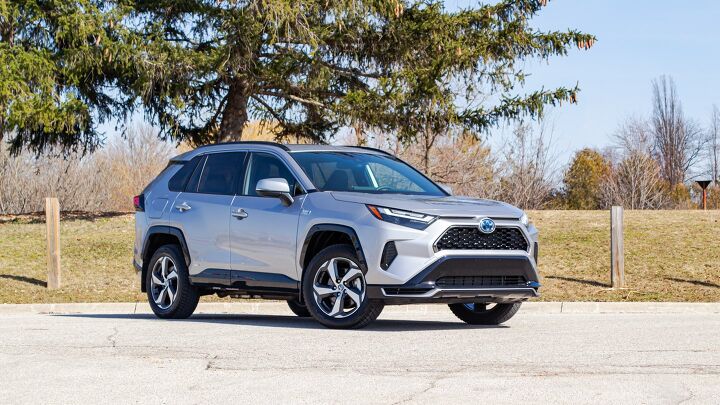
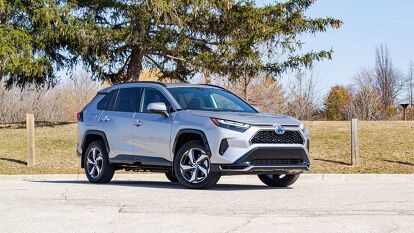

























































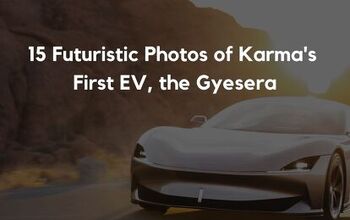
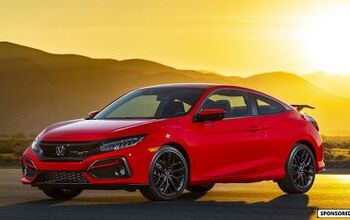

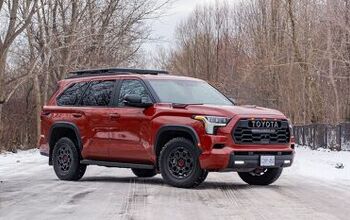
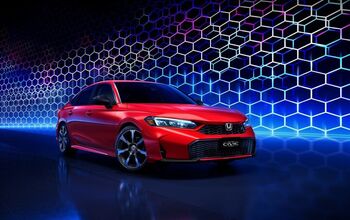





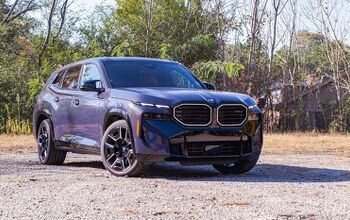
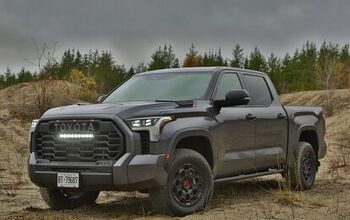
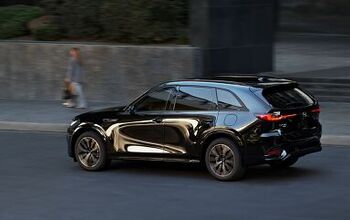


Comments
Join the conversation